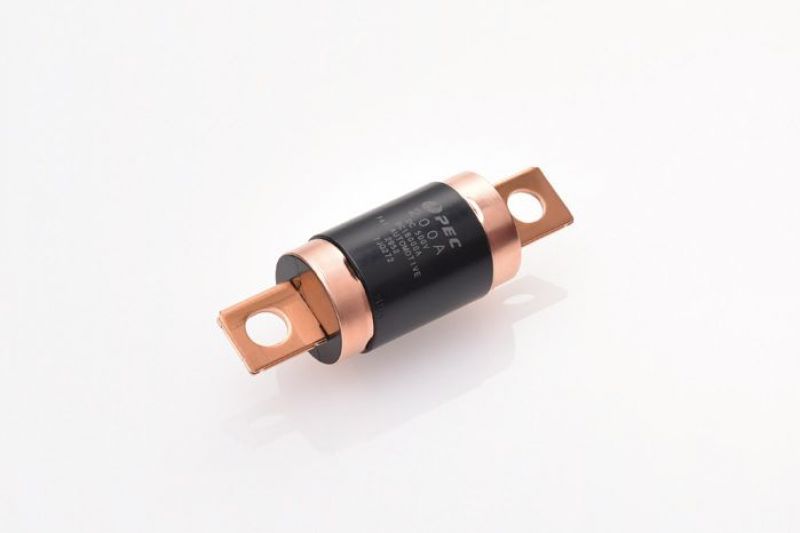LEAFstudent
New member
- Joined
- Nov 13, 2015
- Messages
- 1
Hello everybody!
I am a student performing my thesis on the energy flow in the nissan leaf.
For this I need to measure the voltage and the current from the battery.
A possibility is measuring the CAN data which I will also do, but I'd like to measure it in a physical way as well in order to analyze the accuracy of the CAN data.
So my question is where I can measure the voltage and the current from the battery, what tools I need and what dangers there exist?
Thank you in advance!
I am a student performing my thesis on the energy flow in the nissan leaf.
For this I need to measure the voltage and the current from the battery.
A possibility is measuring the CAN data which I will also do, but I'd like to measure it in a physical way as well in order to analyze the accuracy of the CAN data.
So my question is where I can measure the voltage and the current from the battery, what tools I need and what dangers there exist?
Thank you in advance!

